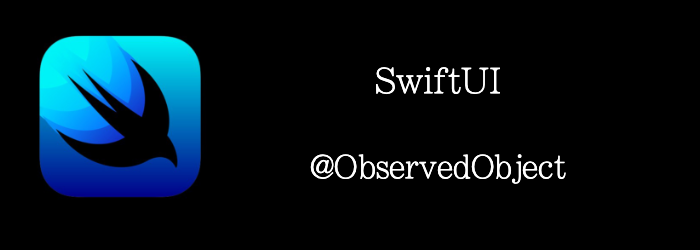
我们使用@State时有一点我们可能并没有注意到,那就是多数时候都是修饰的都是值类型,如果我们用@State去修饰引用类型呢?这就要小心了,因为改变引用类型内部的变量,SwiftUI并不能感知到,所以你的修改可能并不能反应到UI上。
那我们确实需要修饰引用类型呢?这个时候就需要@ObservedObject。
@ObservedObject修饰的对象需要遵循ObservableObject协议,同时需要被监听的属性还需要用@Published修饰。
这在将Foundation的一些对象桥接到SwiftUI中会非常有用。本文我们将用CoreLocation为例来演示一下@ObservedObject。
Getting ready
首先,新建一个SwiftUI工程:SwiftUICoreLocation
PROJECT > Info 中添加获取定位的key:NSLocationWhenInUseUsageDescription,并设置一个提示信息。
How to do it…
我们准备将CLLocationManager包装为ObservableObject,然后暴露两个属性
- location的状态
- 当前location
- 首先,我们创建一个LocationManager
class LocationManager: NSObject, ObservableObject {
private let locationManager = CLLocationManager()
@Published var status: CLAuthorizationStatus?
@Published var current: CLLocation?
override init() {
super.init()
self.locationManager.delegate = self
self.locationManager.distanceFilter = 10
self.locationManager.desiredAccuracy = kCLLocationAccuracyBest
self.locationManager.requestWhenInUseAuthorization()
self.locationManager.startUpdatingLocation()
}
}
extension LocationManager: CLLocationManagerDelegate {
func locationManagerDidChangeAuthorization(_ manager: CLLocationManager) {
self.status = manager.authorizationStatus
}
func locationManager(_ manager: CLLocationManager, didUpdateLocations locations: [CLLocation]) {
guard let location = locations.last else { return }
self.current = location
}
}
extension Optional where Wrapped == CLAuthorizationStatus {
var description: String {
guard let self = self else {
return "unknown"
}
switch self {
case .notDetermined: return "notDetermined"
case .authorizedWhenInUse: return "authorizedWhenInUse"
case .authorizedAlways: return "authorizedAlways"
case .restricted: return "restricted"
case .denied: return "denied"
@unknown default: return "unknown"
}
}
}
extension Optional where Wrapped == CLLocation {
var latitudeDescription: String {
guard let self = self else {
return "-"
}
return "\(self.coordinate.latitude)"
}
var longitudeDescription: String {
guard let self = self else {
return "-"
}
return "\(self.coordinate.longitude)"
}
}
- 使用我们的LocationManager
struct ContentView: View {
@ObservedObject var locationManager = LocationManager()
var body: some View {
VStack {
Text("Status: \(locationManager.status.description)")
HStack {
Text("Latitude: \(locationManager.current.latitudeDescription)")
Text("Longitude: \(locationManager.current.longitudeDescription)")
}
}
}
}

How it works…
你可以认为@Published是一种自动的property observer,当value改变时,能够发出一个通知。
而你用@ObservedObject 修饰的会接受到通知,并重新渲染UI。
@Published 是 Combine publisher的一个语法糖,我们之后会了解他。